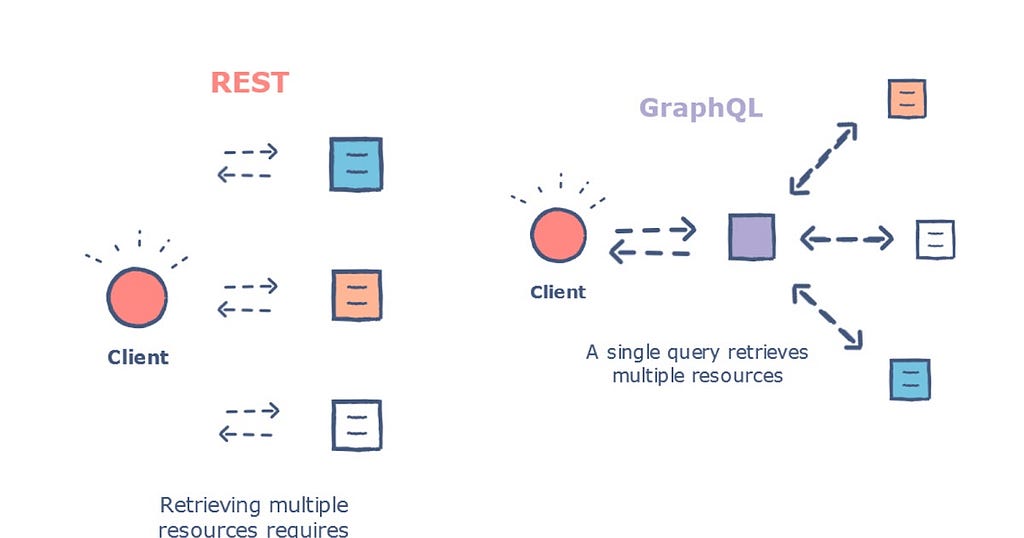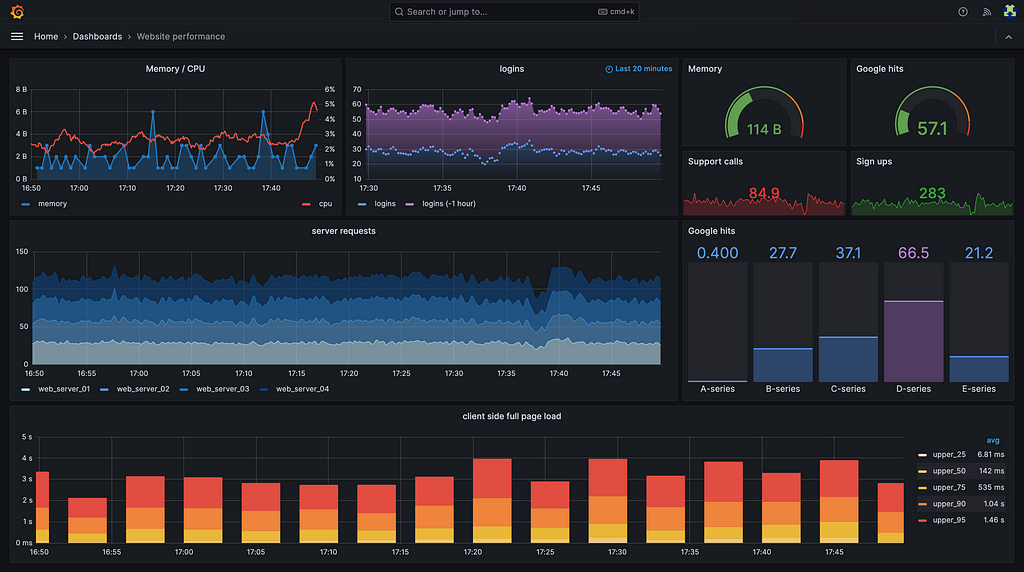The Ultimate Microservices Roadmap for Developers in 2025
Learn the key skills to master microservices architecture and build production-ready distributed systems.

Hello guys, Microservices architecture continues to dominate how modern applications are built, especially for scalability, resilience, and agility.
Whether you are a backend developer, aspiring DevOps engineer, or full-stack developer aiming to upgrade your backend architecture knowledge, mastering microservices is essential in 2025.
If you want to learn Microservices architecture and looking for resources like online courses, books, tutorials, and websites then you have come to the right place.
Earlier, I have shared best Microservices courses, best SOA courses, and best Software architecture courses and today I am going to share a complete Microservices roadmap containing all essential concepts, skills and tools you need to succeed as Microservice architect and developer in 2025.
This roadmap outlines all the core skills, tools, and concepts you need to know — and also recommends the best Udemy courses to help you learn each.
By the way, if you want to start right now then you can start with Microservices Architecture — The Complete Guide course on Udemy. It’s a great course to start with Microservices. It’s created by solution architect Mami Lavi and full of useful information on Microservices.

The 2025 Microservices Developer RoadMap
Here is the Microservice architecture roadmap I have developed for developers which will teach you all the core skills you need to become a Microservice developer in 2025

Now, let’s go over each block and also see the Udemy courses to learn them:
1. Basics of Microservices Architecture
Before diving into complex tools, it’s important to understand what microservices are, why they’re used, and how they differ from monolithic architectures.
Key Concepts:
- Monolith vs Microservices
- Benefits and challenges
- Service independence and communication
🎓 Recommended Course:
The Complete Microservices & Event-Driven Architecture

2. API Design and Communication
Understanding how services talk to each other is fundamental in microservices for any developer. Here are different ways micro services can talk with each other with REST and GraphQL are two common ways.
Key Concepts:
- RESTful APIs
- gRPC
- GraphQL
- Synchronous vs asynchronous communication
🎓 Recommended Course:
REST API Design, Development & Management

3. Service Discovery and API Gateway
When your micro services grow in number, service discovery and API gateways help route and manage traffic. Here are tools and concepts you can learn for service discovery:
Key Tools:
- Netflix Eureka
- Consul
- Kong API Gateway
- Spring Cloud Gateway
🎓 Recommended Course:
Spring Cloud Fundamentals

4. Authentication and Authorization
Security is critical when dealing with multiple services communicating over networks and authentication and authorization are two pillars of that. Here are tools you can use to implement authentication and authorization on Microservices architecture:
Key Topics:
- OAuth2
- JWT
- API security best practices
🎓 Recommended Course:
OAuth 2.0 in Spring Boot Applications

5. Database Per Service & Event-Driven Architecture
Each microservice usually manages its own data. As a senior developer you should earn strategies for decoupled data and distributed state including Microservice patterns like Database per service
Key Concepts:
- Database per service
- Event sourcing
- Change data capture (CDC)
- Messaging systems like Kafka & RabbitMQ
🎓 Recommended Course:
Apache Kafka for Event-Driven Spring Boot Microservices

6. Containerization with Docker
Containers simplify deployment and scaling. Every microservices dev must know Docker. It’s also a standard nowadays to deploy your Microservices as a container like Docker image. Gone are they days when we deploy jar or war files.
Key Skills:
- Dockerfile basics
- Docker Compose
- Container networking
🎓 Recommended Course:
Docker Mastery: with Kubernetes +Swarm from a Docker Captain

7. Orchestration with Kubernetes
Orchestrating and managing containers is done with Kubernetes. It’s essential for microservices at scale because manual deployment is not feasible any more. K8 goes nicely with scaling your apps in cloud or on-premise.
Key Skills:
- Pods, deployments, services
- ConfigMaps and secrets
- Auto-scaling and rolling updates
🎓 Recommended Course:
Kubernetes for the Absolute Beginners — Hands-on

8. CI/CD for Microservices
To push updates rapidly and reliably, you need to automate testing and deployment and there is nothing better than a CI/CD pipeline for that. Here are key concepts and tools you can use to build CI/CD for Microservices with a course:
Key Concepts:
- GitHub Actions
- Jenkins
- Docker in CI
- Canary deployments
🎓 Recommended Course:
Jenkins: Jobs, Pipelines, CI/CD and DevOps for Beginners

9. Monitoring & Observability
You cannot improve or fix errors until you understand what’s going wrong in a distributed system. Here are key tools for monitoring microservices and improving observability
Key Tools:
- Prometheus & Grafana
- Jaeger (tracing)
- ELK stack (logging)
🎓 Recommended Course:
Monitoring and Observability with Prometheus and Grafana

10. Resiliency & Fault Tolerance
A service must fail gracefully. As a Java developer you should learn strategies for resilient systems. Here are the key concepts every tech lead and senior developer should remember related to resiliency and fault tolerance.
Key Concepts:
- Circuit breakers (e.g., Resilience4j)
- Retry and fallback
- Rate limiting
🎓 Recommended Course:
Master Microservices with Spring Boot, Docker, Kubernetes

Conclusion
That’s all in this 2025 Microservice RoadMap for Developers. Mastering microservices in 2025 isn’t just about writing code — it’s about understanding systems thinking, infrastructure, resilience, and scalability.
This roadmap helps you build real-world skills while the recommended Udemy courses take care of practical implementation.
Pick a skill area, enroll in the course, and start building!
Other System Design Tutorials and Resources you may like
- Is DesignGuru’s System Design Course worth it
- Is Exponent’s System Design Course worth it?
- 10 Best Places to Learn System Design in 2025
- How to Prepare for System Design Interview in 2025
- Is ByteByteGo worth the hype?
- System Design Interview cheat sheet for 2025
- My Favorite Software Design Courses for 2025
- 3 Places to Practice System Design Mock interviews
- Is Designing Data-intensive application book worth reading?
All the best for your Microservices learning journey, if you have any doubts or questions, feel free to ask in the comments.
P. S. — If you just want to master Microservices dseign patterns and principles and need a course then Grokking Microservices Design Patterns on DesignGurus.io is a great resource. You can join this course to learn key Microservices patterns like Event Sourcing, CQRS, Saga, and much more.
Grokking Microservices Design Patterns | Design Scalable & Resilient Systems
The Ultimate Microservices Roadmap for Developers in 2025 was originally published in Javarevisited on Medium, where people are continuing the conversation by highlighting and responding to this story.
This post first appeared on Read More

